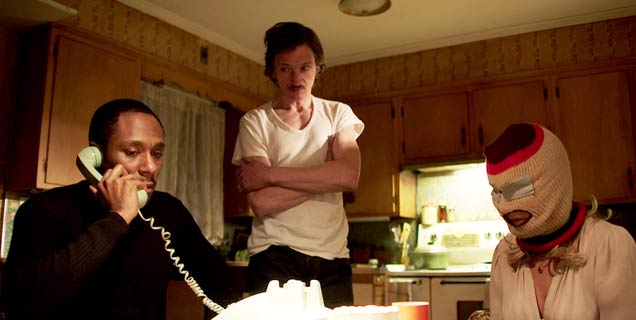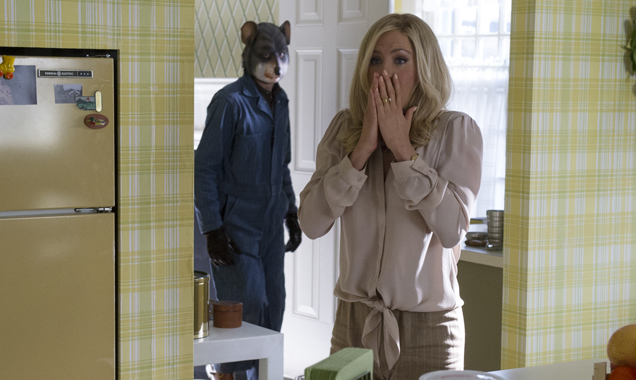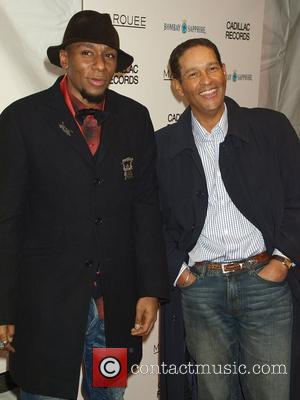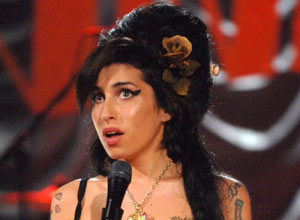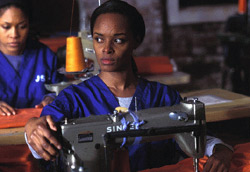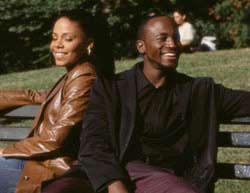Amy Review
As with his Formula One documentary Senna, filmmaker Asaf Kapadia cleverly uses archival footage to explore the wrenching story of Amy Winehouse. It's a strikingly journalistic approach that refuses to let anyone off the hook even as it draws out their deepest emotions. Lyrically edited by Chris King, the film is both beautiful and achingly sad, especially as it engulfs the audience on a big cinema screen.

A naturally gifted musician, Amy started writing her own songs at age 14 and had a publishing deal by 16, performing in small clubs as well as with the National Youth Jazz orchestra. At 20, her debut 2003 album Frank caused ripples in the industry with its jazz-infused vocals. And three years later, her follow-up Back in Black catapulted her into global stardom, something she never wanted. To escape the clamouring paparazzi and ever-larger audiences, she retreated into her on-off relationship with Blake Fielder, including a two-year marriage. But their key escape was to use large quantities of alcohol and drugs, which began to take a toll on Amy's career, leading to rambling interviews and shambolic stage appearances. In her lucid moments, she still had that raw power, and a series of rehab stints helped her conquer drugs. But in 2011, her alcohol consumption finally stopped her heart, which had been weakened by decades of bulimia.
Kapadia recounts this story using a staggering array of home movies, performance footage and press imagery, letting her prescient song lyrics play out across the screen as she performs them in homes, recording studios, TV shows and a variety of stages. Meanwhile, she tells her story in voiceover taken from interviews, plus new comments from her family, friends and colleagues. All of this is assembled with skill by the filmmakers to recount Amy's story chronologically, never shying away from the hard truths while refusing to let those closest to her adjust the material to revise history. In other words, it's sometimes brutally honest, not in the way it assigns blame but in the way it creates a portrait of a system that feeds off artists without properly looking out for them.
Continue reading: Amy Review
